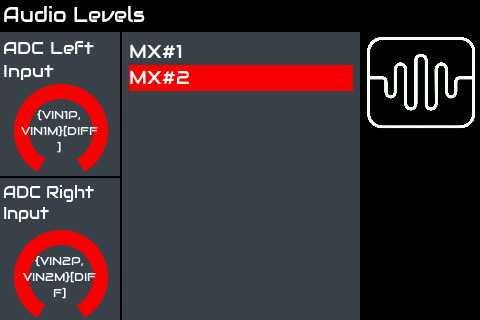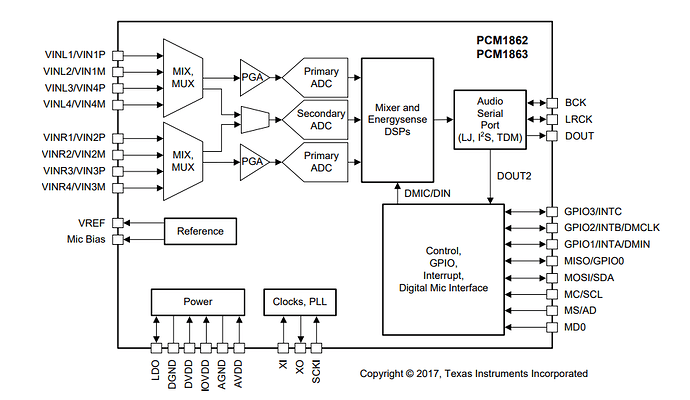Hi everyone!
I was wondering if it’s possible to connect a dynamic microphone to the new ZynADAC sound card in order to apply vocal effects in a rehearsal room (and double as a keyboard expander when needed, two in one  )
)
AFAIK the HiFiBerry had jumpers usable to set the input gain. What about this new audio card? Would a Zynthian work in this setting or should I feed a line level signal into it?
I am using the HifiBerry Stage and can use a dynamic microphone by selecting the right input configuration and gain in the Audio Levels page. No need to adjust jumpers. The new ZynADAC is based on this design so should behave similarly.
Exactly!
If you have a ZynADAC or Hifiberry DAC+ADC Pro/Stage, you can connect a dynamic microphone to zynthian’s audio input, preferably using a balanced cable and selecting the last option for the “ADC Left/Right Input” control on the Audio Levels screen.

Don’t forget to adjust the input gain (ADC Left/Right) on the the same screen.

Regards,
Hi all,
thanks to @jofemodo we now have a nice dedicated audio board, the ZynADAC, with an open sourced design.
My personnal considerations:
- regarding dynamic microphone. From what I’ve heard here and there they output a differential signal at 100/200 mVrms. While pcm1863 can accept 4.2 Vrms. Maybe codec’s internal preamp are good enough to deliver a good quality sound, but I believe a preamp stage could ehance sound quality.
- pcm1863 offers 4 differential input channels. I think, for the next batch ordering, a v2 of ZynADAC could expose these 4 channels on the pinheader. Additional cost will be low but will open new features. Multichannel will require TDM and I know TDM implementation isn’t really common on the raspberry. In fact, I didn’t found anything conveincing after an extensive web search. With this v2, a developper will have the good hardware for exploring TDM implementation.
My 2 cts
The board has preamps that can boost microphone level signals sufficiently and they saturate in a nice, analogue manner. Driving them into saturation can actually sound quite nice with a guitar. I was pleasantly surprised by the audio input stage on this board.
The PCM1864 & PCM1865 support 4 channels. The PCM1863 supports 2 channels.
I too got a bit excited when I first read the datasheet but soon calmed down as I read it in more detail!
Hi @riban, could you elaborate, because as is, it looks like you can even have 4 stereo single ended inputs !
While seaching the web for pcm1863, look at what I’ve discovered:
The first diy Zynthian in China
hello @le51
while the chip has 4 channel, and linux can handle multi channel, unfortunately the limitation lies in the RPI CPU which can NOT do multichannel audio on I2S. (I can’t remember the technical explanation)
I discovered that too late after building a board with a AD1938WBSTZ converter supported by the linux kernel … but not the RPI.
Either USB audio is needed, or a dirty/hacky trick like the audioinjector octo (multiplexing streams with a multiplied hardware clok using an external demultiplexer on a fpga or similar, don’t remember exactly).
that’s my experience, I don’t mean do say all the truth here.

